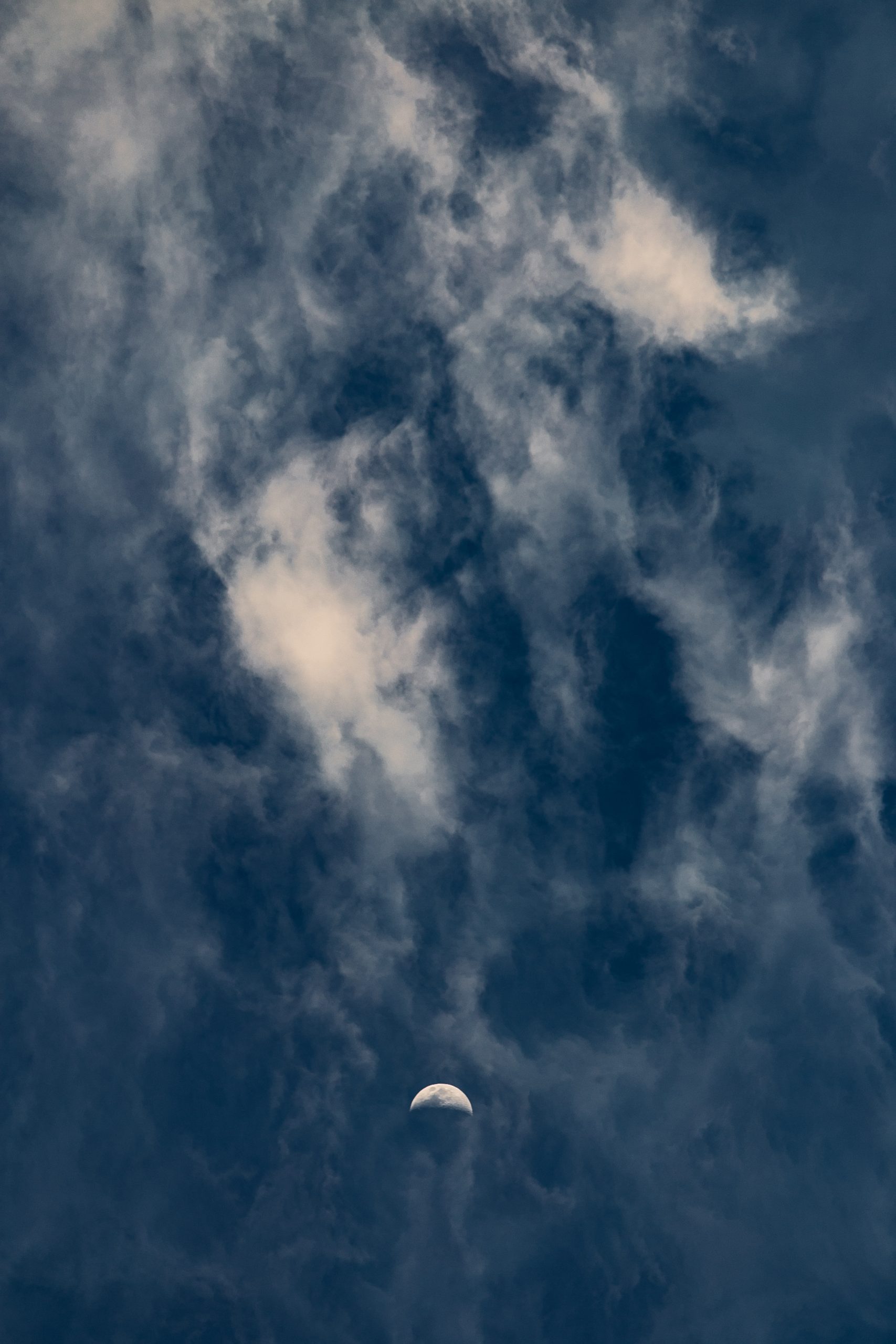Why Don’t Solar and Lunar Eclipses Occur Every Month
Solar and lunar eclipses are fascinating celestial events that captivate the imagination of people across the globe. These natural phenomena occur when the Earth, Moon, and Sun align in specific ways to create stunning visual displays in the sky. However, you might have noticed that these awe-inspiring events don’t happen every month. So, why is that? Let’s delve into the science behind solar and lunar eclipses to understand why they are not a monthly occurrence.
The Mechanics of Solar and Lunar Eclipses
Before we explore why eclipses don’t occur every month, let’s first understand how they happen. Solar and lunar eclipses occur due to the interplay between the Earth, Sun, and Moon:
- Solar Eclipses: A solar eclipse occurs when the Moon moves between the Earth and Sun, casting a shadow on the Earth’s surface. There are three types of solar eclipses: total, partial, and annular. During a total solar eclipse, the Moon completely covers the Sun, leaving only its outer atmosphere, called the corona, visible. In a partial solar eclipse, the Moon partially covers the Sun, resulting in a crescent-shaped image. An annular eclipse happens when the Moon is farther from the Earth, appearing smaller and leaving a ring of sunlight visible around its edges.
- Lunar Eclipses: Contrary to solar eclipses, lunar eclipses occur when the Earth comes between the Sun and the Moon. The Earth’s shadow falls on the Moon, causing it to darken or turn reddish depending on the atmospheric conditions. Lunar eclipses can be total, partial, or penumbral. A total lunar eclipse occurs when the Moon is entirely within the Earth’s umbra, or shadow. A partial lunar eclipse happens when only a portion of the Moon is covered by the shadow, while a penumbral lunar eclipse occurs when the Moon passes through the Earth’s penumbra, resulting in a subtle darkening of the Moon’s surface.
Now that we have a basic understanding of the two types of eclipses, let’s explore the factors that prevent them from taking place every month.
The Moon’s Orbital Inclination
The primary reason why solar and lunar eclipses are not monthly events is the Moon’s orbital inclination. The Moon orbits the Earth in what is called the ecliptic plane, which is the same plane that the Earth orbits the Sun. However, the Moon’s orbit is tilted by around 5 degrees relative to the Earth’s orbit. This means that most of the time, the Moon’s path lies slightly above or below the Sun’s path in the sky.
Because of this inclination, the Moon regularly passes above or below the Sun from our perspective on Earth, preventing the occurrence of solar eclipses every New Moon. The Moon must be close to one of the two points where its orbit intersects with the ecliptic plane, known as the lunar nodes, for an eclipse to occur.
Lunar eclipses also follow a similar pattern, as the Moon passes through Earth’s shadow only when it is close to one of the lunar nodes. If the Moon is aligned with the Sun and at the correct position relative to the lunar nodes, a lunar eclipse will occur.
Synchronizing Orbital Periods
Another reason why eclipses don’t happen every month is the synchronization of the Moon’s orbital periods. The time it takes for the Moon to complete one orbit around the Earth—known as a synodic month—is approximately 29.5 days. However, the time it takes for the Moon to return to the same lunar node—a draconic month—is slightly longer, around 27.2 days.
As a result, the Moon needs to align perfectly with both the Sun and the lunar nodes for an eclipse to take place. This synchronization occurs approximately every 18.6 years, a period known as the Saros cycle. During this cycle, a series of eclipses repeats with similar characteristics, but they are not visible from the same locations on Earth.
The Earth-Moon-Sun Geometry
While the Moon’s orbital inclination and synchronization play significant roles in determining eclipse frequency, the unique relationship between the Earth, Moon, and Sun further decreases the likelihood of monthly eclipses.
For a solar eclipse to occur, the relative distances between the Earth, Moon, and Sun also need to be considered. The Moon’s average distance from the Earth is about 384,400 kilometers, while the Sun is approximately 149.6 million kilometers away. At the same time, the Sun is about 400 times larger than the Moon but is also around 400 times farther away. These proportions make it possible for the Moon to appear the same size as the Sun during a total solar eclipse, allowing for the perfect alignment necessary for this enchanting phenomenon.
Lunar eclipses, on the other hand, happen when the full Moon is completely engulfed in the Earth’s shadow. The apparent size of the Earth’s shadow as seen from the Moon depends on the Earth-Moon distance relative to the Earth-Sun distance.
Conclusion
While the Moon’s orbital inclination, synchronization of periods, and the Earth-Moon-Sun geometry play pivotal roles in causing solar and lunar eclipses, their infrequency adds to their mystique. The unique celestial dance between these three celestial bodies creates opportunities for these extraordinary events to occur, but not on a monthly basis. So, the next time you witness a solar or lunar eclipse, be sure to marvel at the complex interplay of celestial mechanics that allows these mesmerizing displays to leave us in awe.
Table of Contents
